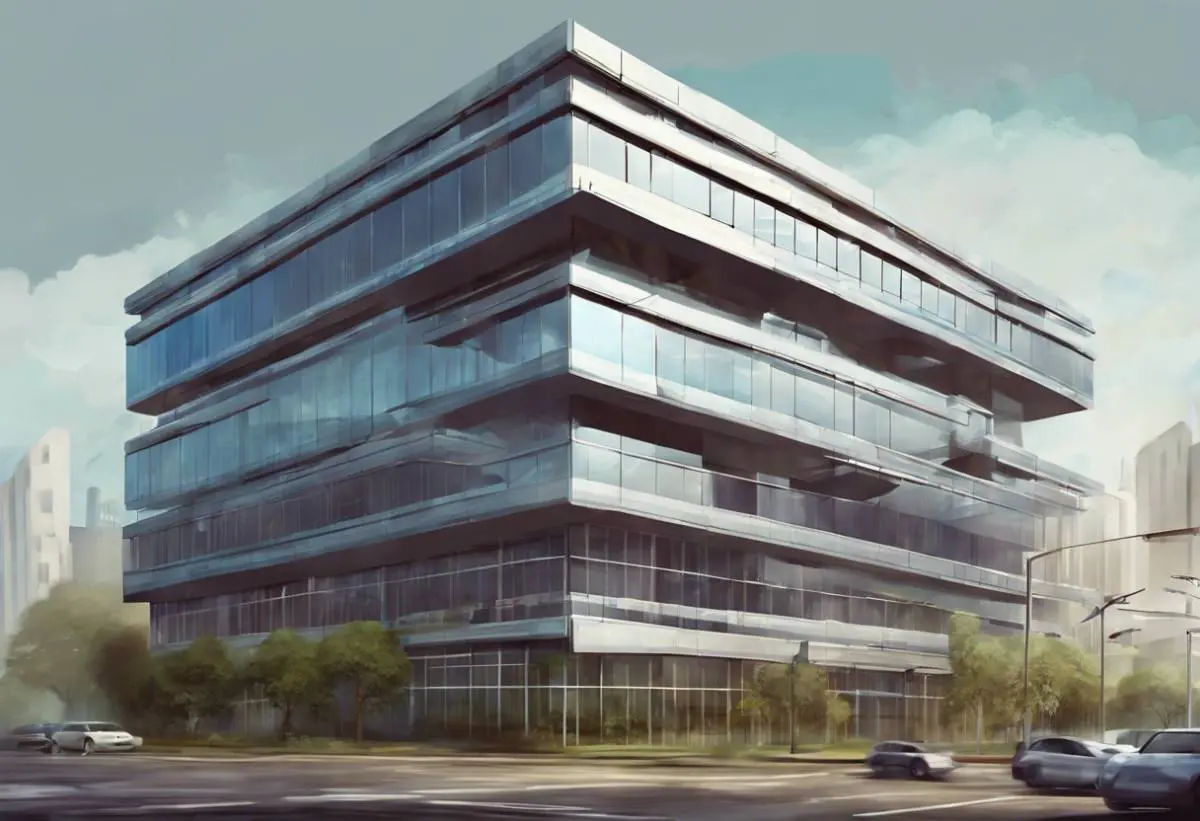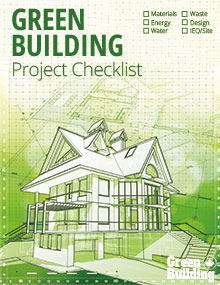Thermal bridging is a critical challenge in building design that compromises the energy efficiency of a structure. Fortunately, advancements in metal fabrication are introducing innovative solutions to this pervasive issue.
We will explore how tailored metal components not only enhance energy efficiency by preventing thermal bridging, but they can also strengthen the structural integrity of a building, make them smarter, and more sustainable.
What is Thermal Bridging?
Thermal bridging occurs when a material that conducts heat well allows warmth to bypass the insulation in a building’s envelope. This often happens at points where materials intersect or where the insulation is incomplete or missing, allowing heat to escape more easily. In the context of Canadian buildings, thermal bridging can significantly impact energy efficiency due to the country’s varied and often harsh climate.
One of the most common culprits of thermal bridging are metal components that form part of the building’s structure, such as steel beams, window frames, and balcony supports. Metal is excellent at transferring heat, making these components vulnerable points in a building’s insulation. As a result, even a well-insulated building can suffer from heat loss if these areas are not properly addressed.
The Role of Advanced Metal Fabrication
Advancements in metal fabrication have introduced several innovative techniques to mitigate the effects of thermal bridging. One such technique involves the integration of thermal breaks in metal constructions.
A thermal break is a material with low thermal conductivity placed between pieces of metal to reduce heat flow. By inserting insulative materials into or between metal components, these breaks create a barrier that slows the transfer of heat, enhancing the building’s overall thermal efficiency.
Another approach is the use of insulated metal panels. These panels combine structural metal elements with layers of insulation in a single product. This integration not only simplifies construction but also significantly improves the building’s insulation by covering large areas without gaps, effectively blocking potential thermal bridges.
Specialized coatings can also play a crucial role. Thermal barrier coatings are applied directly to metal surfaces – they include reflective coatings that reflect solar radiation, insulating coatings that reduce heat conduction, and low-emissivity coatings that minimize heat loss through radiation. This is particularly useful for exterior metal elements, helping to maintain the interior temperature regardless of external weather conditions.
By employing these advanced techniques, the construction industry can significantly reduce thermal bridging. The result is buildings that are not only more energy-efficient but also more comfortable and less costly to heat, making them better suited for the Canadian environment and more aligned with sustainability goals.
Benefits Beyond Energy Savings
While the primary advantage of addressing thermal bridging with metal fabrication is increased energy efficiency, the benefits extend further. First, these techniques enhance the durability of buildings. By reducing the extent to which heat escapes, the building’s structural components face less expansion and contraction, which can lead to wear and tear over time. This means lower maintenance costs and a longer lifespan for building materials, which translates to less of a need to replace materials and, consequently, less waste.
Additionally, improved thermal management helps in preventing issues like mould and condensation, which are common in poorly insulated areas. This not only contributes to a healthier indoor environment but also protects the structural integrity of the building.
Moreover, these practices support broader environmental sustainability goals. Metal is a building material that often contains recycled content, so using metal components further reduces the environmental impact of new constructions.
By incorporating these advanced metal fabrication techniques, builders and architects can achieve more than just energy-efficient buildings—they can construct spaces that are durable, healthier, and aligned with environmental stewardship. This holistic approach to building design is becoming increasingly important as we strive for sustainability in all aspects of construction.
Future Trends in Advanced Metal Fabrication
Looking ahead, the field of advanced metal fabrication continues to evolve, with ongoing research and development focused on enhancing energy efficiency and sustainability in building construction.
One promising trend is the integration of smart technologies into metal components. This includes the development of sensors embedded within metal structures to monitor temperature variations and identify potential areas of thermal bridging in real-time. By providing data-driven insights, these smart systems enable proactive maintenance and optimization of building performance, further reducing energy consumption and enhancing occupant comfort.
Another emerging area of innovation is the use of advanced composite materials in metal fabrication. By combining metals with lightweight, insulative materials such as carbon fibre or aerogels, engineers can create hybrid structures that offer superior thermal performance while maintaining structural integrity. These composite materials also open up possibilities for new design aesthetics and construction techniques, paving the way for more sustainable and visually striking buildings.
Advanced metal fabrication techniques play a vital role in addressing thermal bridging and improving energy efficiency in buildings. By incorporating thermal breaks, insulated panels, specialized coatings, and embracing future trends in smart technologies and composite materials, the construction industry can build structures that are not only environmentally sustainable but also durable, comfortable, and cost-effective to maintain.
As architects, builders, and developers strive to meet increasingly stringent energy standards and sustainability goals, it’s essential to prioritize the implementation of these advanced fabrication techniques. By doing so, we can create buildings that not only minimize their environmental footprint but also provide healthier and more resilient spaces for occupants.


